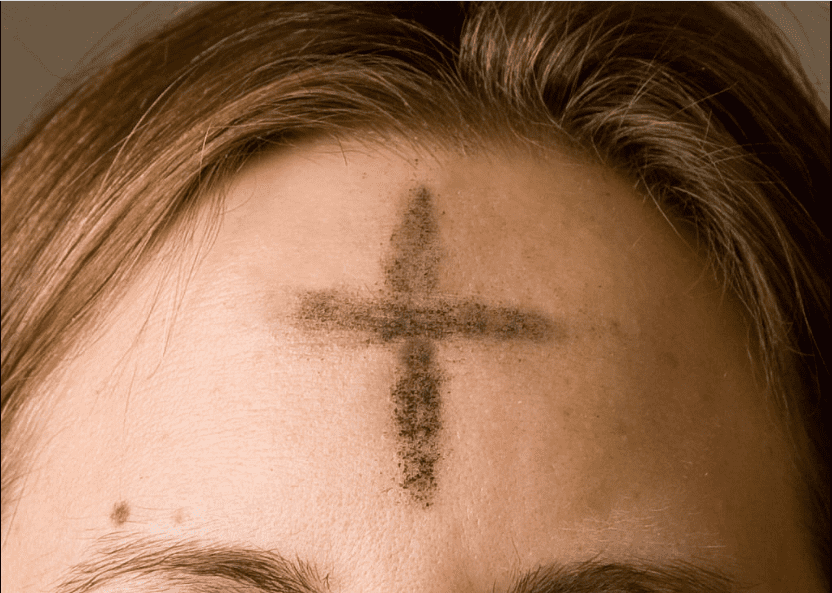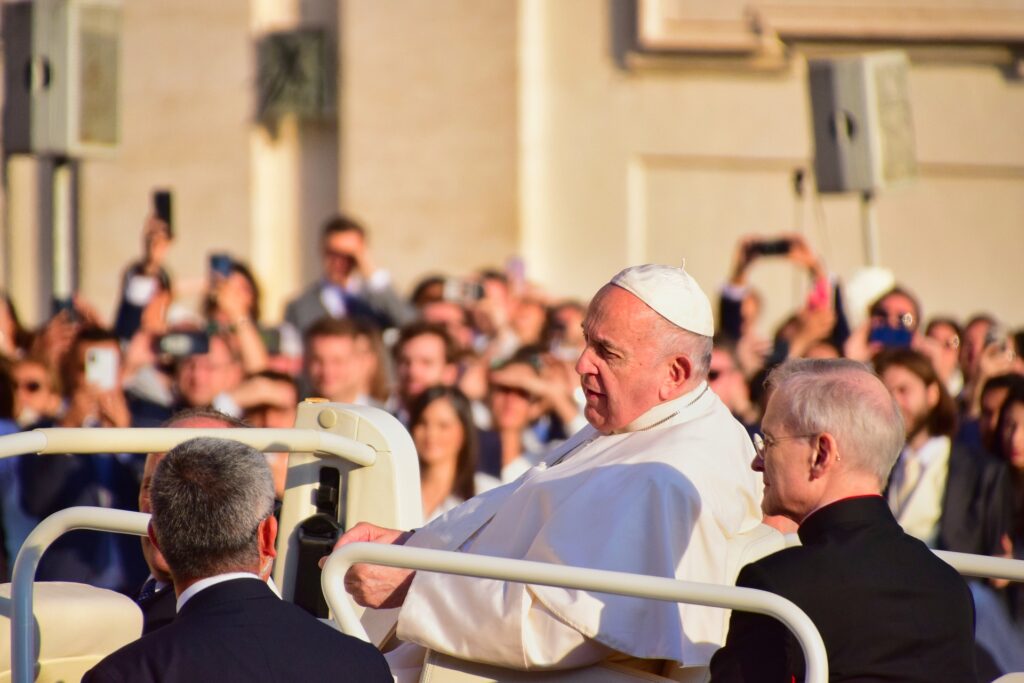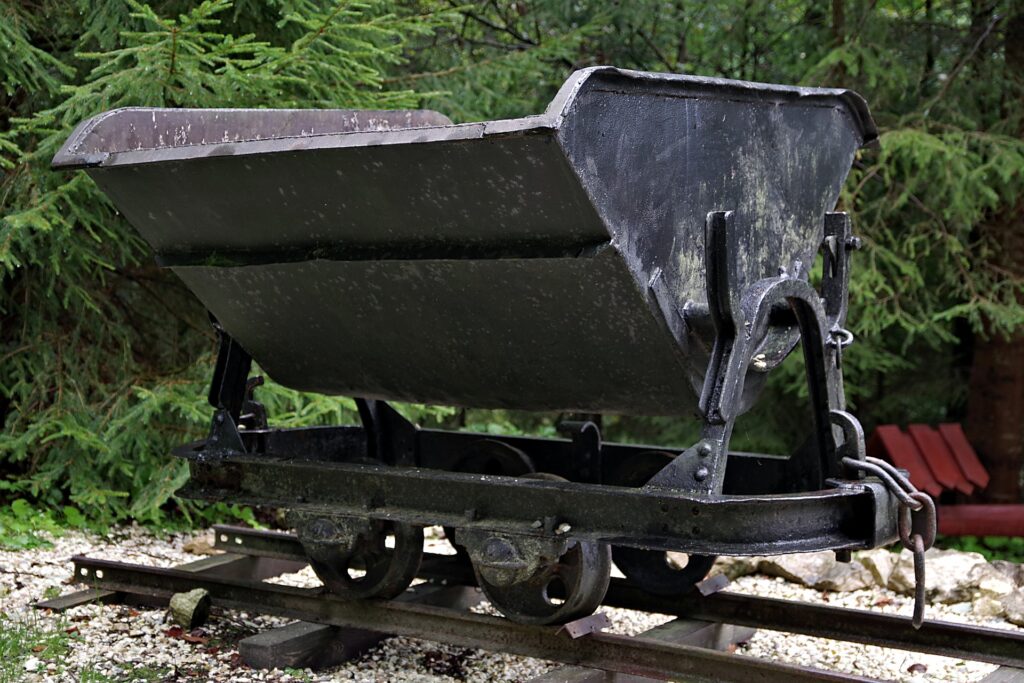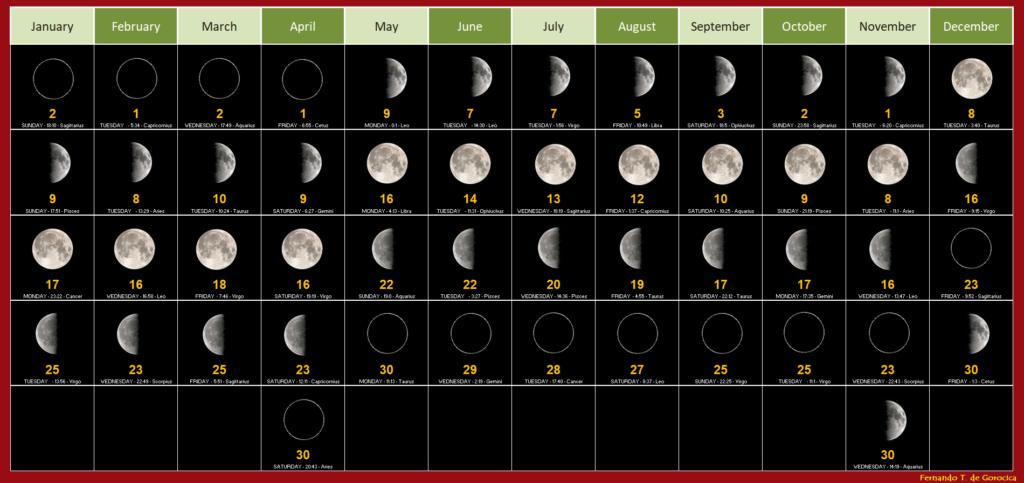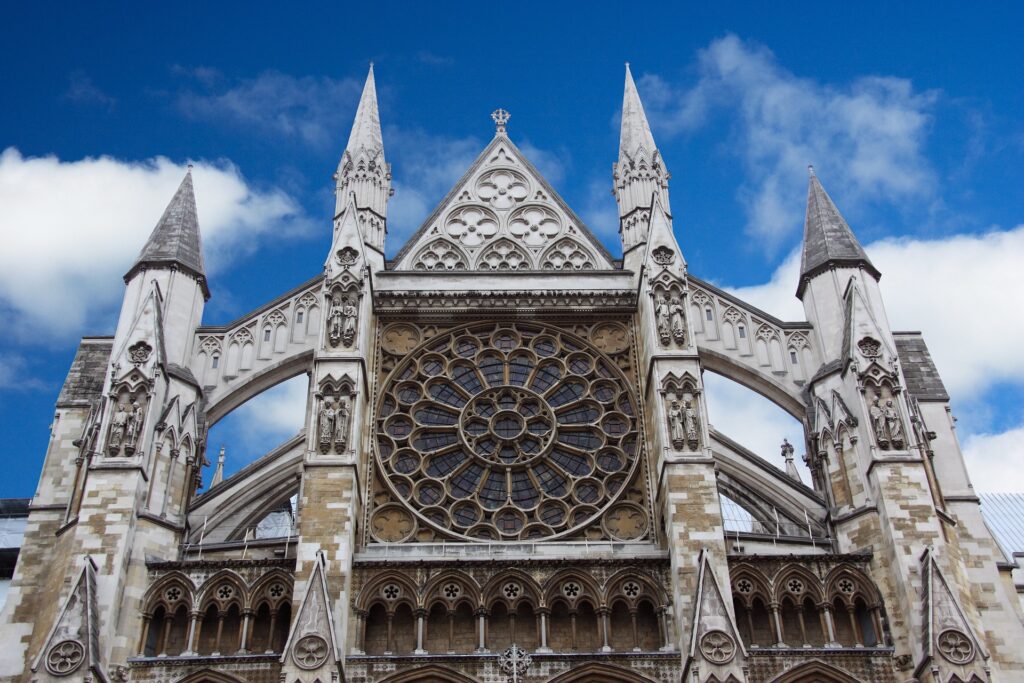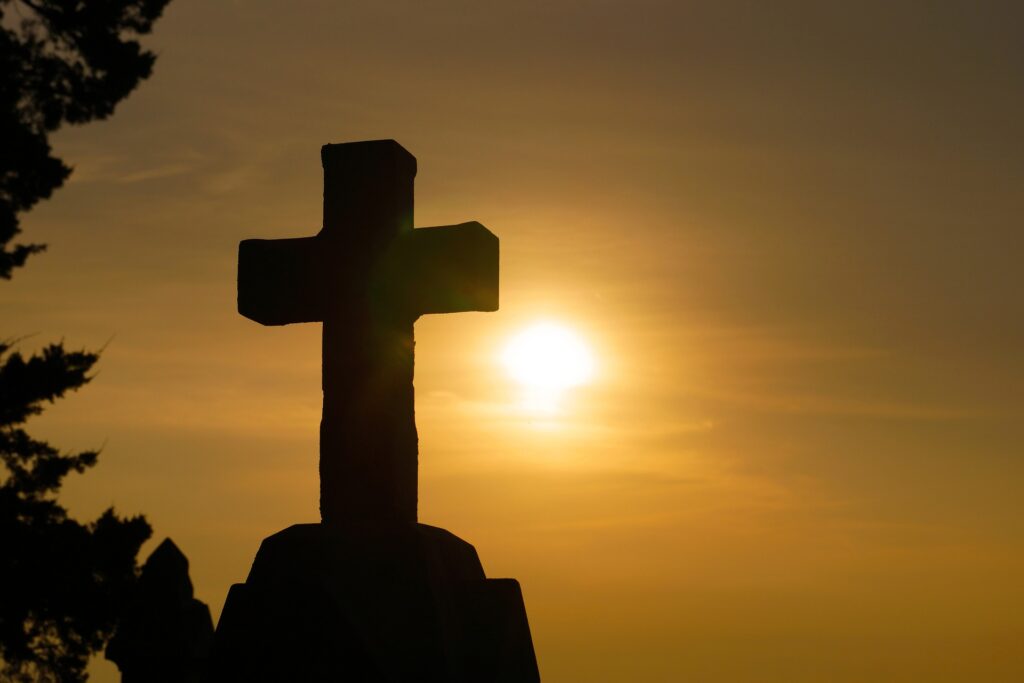Christians across denominations marked March 2 with observances of Ash Wednesday.
Here’s a roundup of how some news outlets provided coverage of the first day of Lent, the season some liturgical and evangelical churches observe in the 40 days preceding Easter.
First, USA TODAY offers a Catholic-centered explainer about the observance of Ash Wednesday:
Ash Wednesday – officially known as the Day of Ashes – is a day of repentance, when Christians confess their sins and profess their devotion to God.
During a Mass, a priest places the ashes on a worshiper’s forehead in the shape of a cross. The ceremony, which also can be performed by a minister or pastor, is meant to show that a person belongs to Jesus Christ, and it also represents a person’s grief and mourning for their sins – the same sins that Christians believe Jesus Christ gave his life for when he died on the cross.
Ash Wednesday is important because it marks the start of the Lenten period leading up to Easter, when Christians believe Jesus was resurrected.
[…]
When the priest applies the cross of ashes, he says to the worshiper: ““Remember that you are dust, and to dust you shall return.” He also may say “Repent and believe in the Gospel.”
It is not required that a worshiper wear the ashes for the rest of the day, although many Christians choose to do so. However, dining out or doing non-essential shopping are considered inappropriate on Ash Wednesday.
Standing out for many this year, lightened COVID-19 restrictions freed up Ash Wednesday observances, which had been greatly curbed in many places in 2021. As a Massachusetts ABC affiliate reported about the Archdiocese of Boston:
Last year, ashes were applied by a cotton swab, sprinkled or given out in containers. The blessing — traditionally said to each parishioner — had to be said once to the whole congregation.
“This year, it’s, again, the traditional manner, which we say to each individual person that particular call, which is very important because it’s a much more personal encounter with the Lord and his grace in that moment,” Parrish said.
“I actually went into church with my mask on then looked around and said, ‘OK, I think I’ll take it off.’ It’s in my pocket. It was nice to have more normalcy,” parishioner Clare Murphy said.
In some places, however, observing Ash Wednesday didn’t even require going to church. WLOX in Biloxi, Miss., shared this:
Local clergy are once again helping parishioners with Ashes to Go. The drive-through event is being held again this year in the parking area of the Jim Simpson Sr. Memorial Fishing Pier in Long Beach. People can remain in their vehicles and receive the imposition of ashes and a prayer…
Yahoo news focused on Pope Francis’ declaration of a day of fasting and prayer for the people of Ukraine during the Pope’s comments about the day:
Breaking a tradition of neutrality, Francis condemned the attacks by the Russian military. He went further off script to honor Father Marek Viktor Gongalo, the Polish-Ukrainian translator on the stage with him, who has family stuck in Ukraine. “His parents are now in underground shelters to protect themselves from the bombs in a place near Kyiv,” Francis said. “By accompanying him, we accompany all the people who are suffering from the bombings, including his elderly parents and so many other elderly who are in underground shelters defending themselves.” He added: “Let us remember these people in our hearts.”
A number of outlets in the United States political press focused on President Joe Biden — a regular churchgoer at Catholic masses — receiving ashes and saying he would give up sweets as a pre-Easter fast. The Detroit Free Press told it this way:
Biden told reporters he had given up ice cream — a known favorite — and other sweets.
The president, who turns 80 this year, observed Ash Wednesday at the White House before jetting off to the Midwest. A frequent churchgoer, he also observed Ash Wednesday last year as president.
And in 2010, as vice president a British TV host mistook his forehead ashes as a bruise.


